23 Facts About Snow That Will Give You The Chills
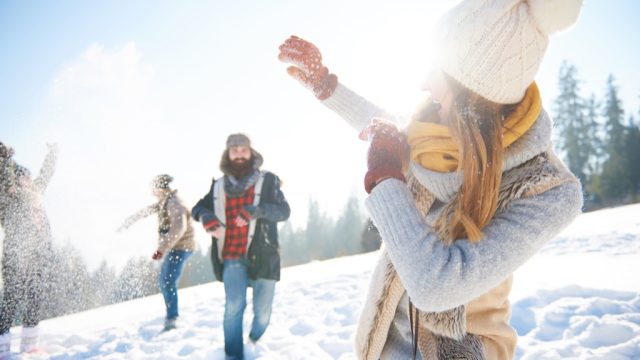
Kids love it (snow days!). Adults hate it (shoveling…). And everyone in Washington, D.C., cowers at the sight of it. Yes, snow elicits a wide range of emotions; it might be the only thing on the planet with the dual-sided ability to be at once both magical and a total nuisance.
But it’s also much more than that. Snow, more than anything else that comes from the sky, is a total enigma. Everything you may think you know about the—how it forms, where it falls, and what we do with it once it does—is up for debate. Don’t believe us? Scroll on. Here, you’ll find 23 astonishing tidbits about snow that will change your conception of the (literally) coolest form of precipitation.
1
Snow Isn’t White
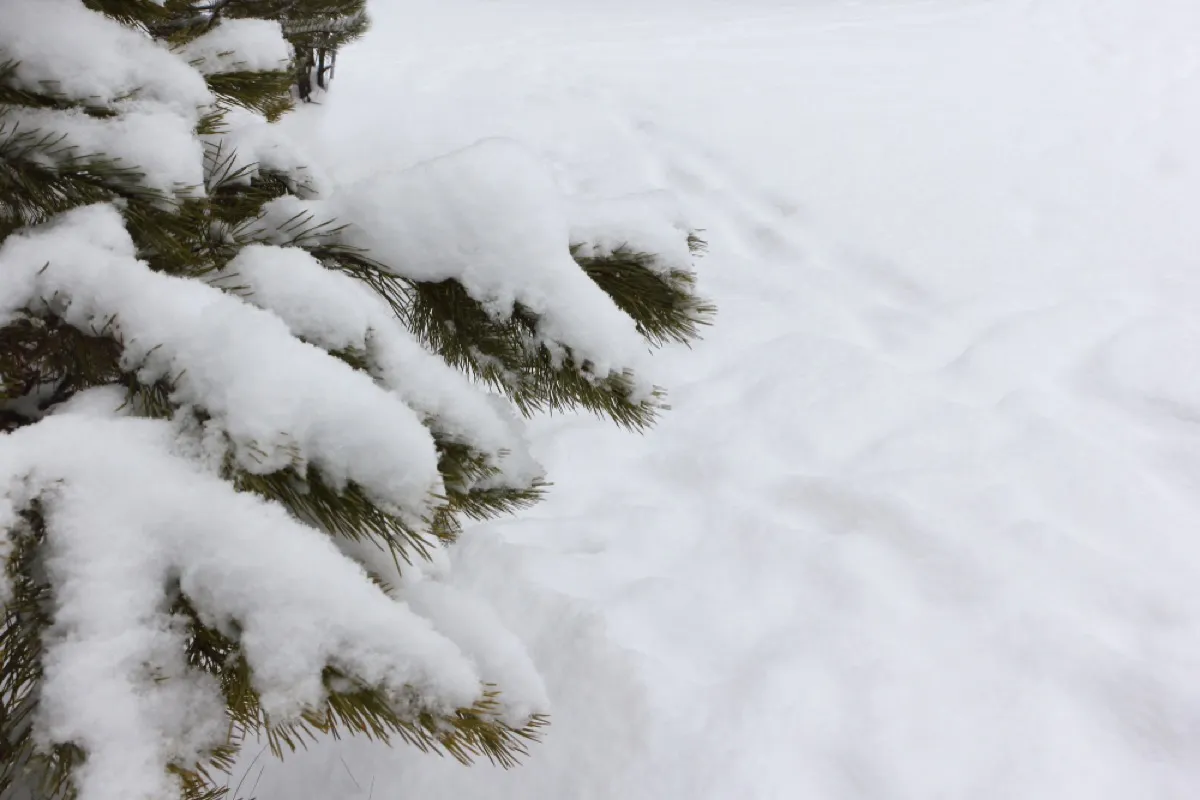
Technically, snow is translucent, a fact that’s clear when you look at individual snowflakes under a microscope. The difference relates to the way that light bends when it hits the individual crystals that make up a snow bank. As Sarah Stone explains for Gizmodo, “So when one of these tiny, beautiful ice crystal formations bend light, that light ultimately encounters another ice crystal in the clump of snowflakes where it is also bent, and then another and another…light waves will ultimately be reflected, and thus the sunlight will appear white to you.”
2
Snow Can Sometimes Appear Blue or Pink
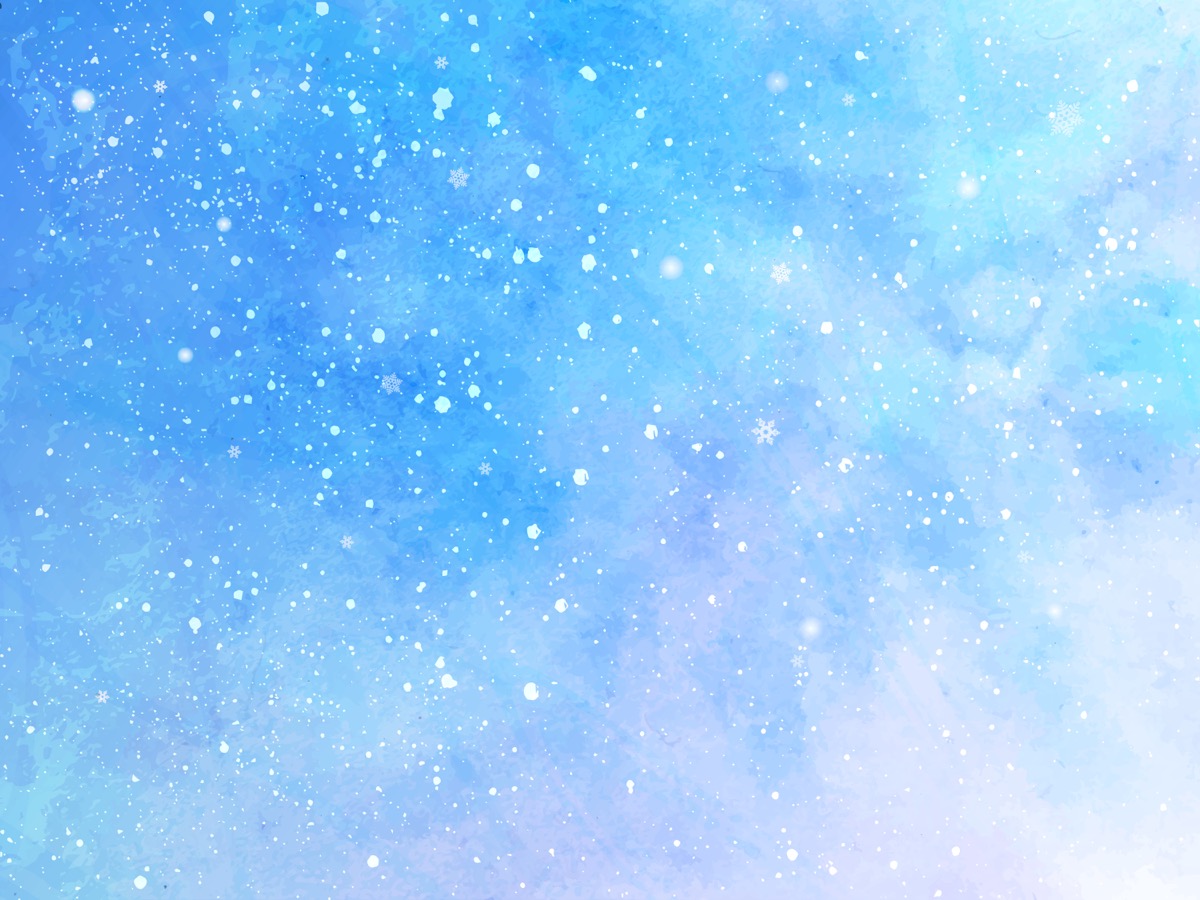
When Elvis sang about having a “Blue Christmas,” he could have been literal. Snow can appear blue to the naked eye, for reasons similar to why it appears white (bending light). But in cases where the light penetrates deeper into the snow, more red light might get absorbed than blue light. In polar and alpine regions that contain algae with a red pigment, snow can take on a pink appearance.
3
What You Think Is a Snowflake Isn’t a Snowflake

The classic image of a snowflake, with its star shape and six arms, is actually a snow crystal. Snowflakes can be a wider range of crystal formations, from a single crystal to a small cluster to what Kenneth G. Libbrecht, a snowflake devotee at the California Institute of Technology, calls “monster snowflakes,” resulting from when crystals “collide in midair and stick together to form flimsy puffballs.” But a snow crystal is the tiny thing that forms when water molecules align hexagonally and freeze together.
4
There Was Once a Snowflake Larger Than a Foot
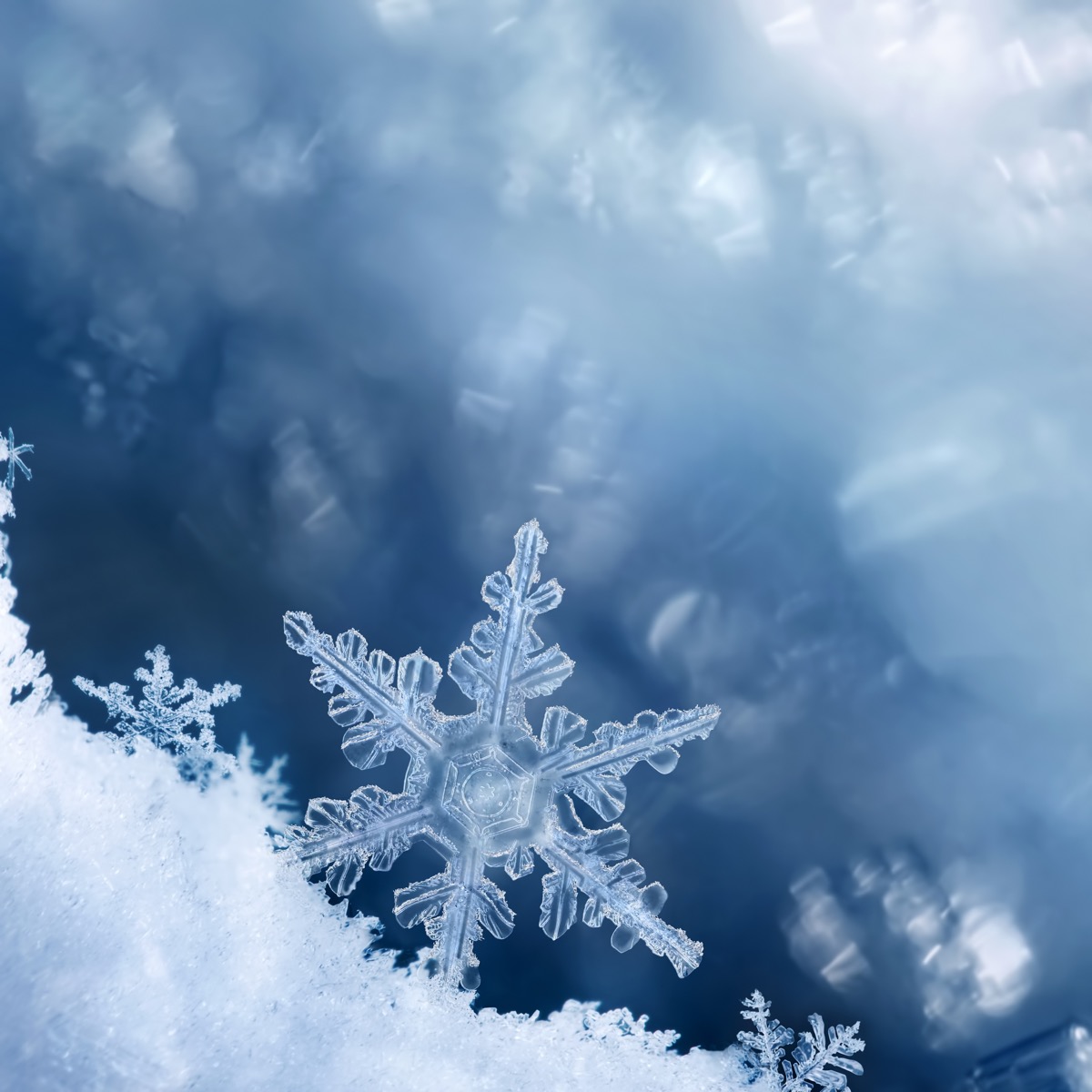
Though supporting evidence is limited, the Guinness World Records book lists the largest snowflake on record to be one from a January 1887 storm in Fort Keogh, Montana. Measuring 15 inches wide, the rancher who spotted it described it as “larger than milk pans.”
5
There Actually Are a Ton of Eskimo Words for “Snow”
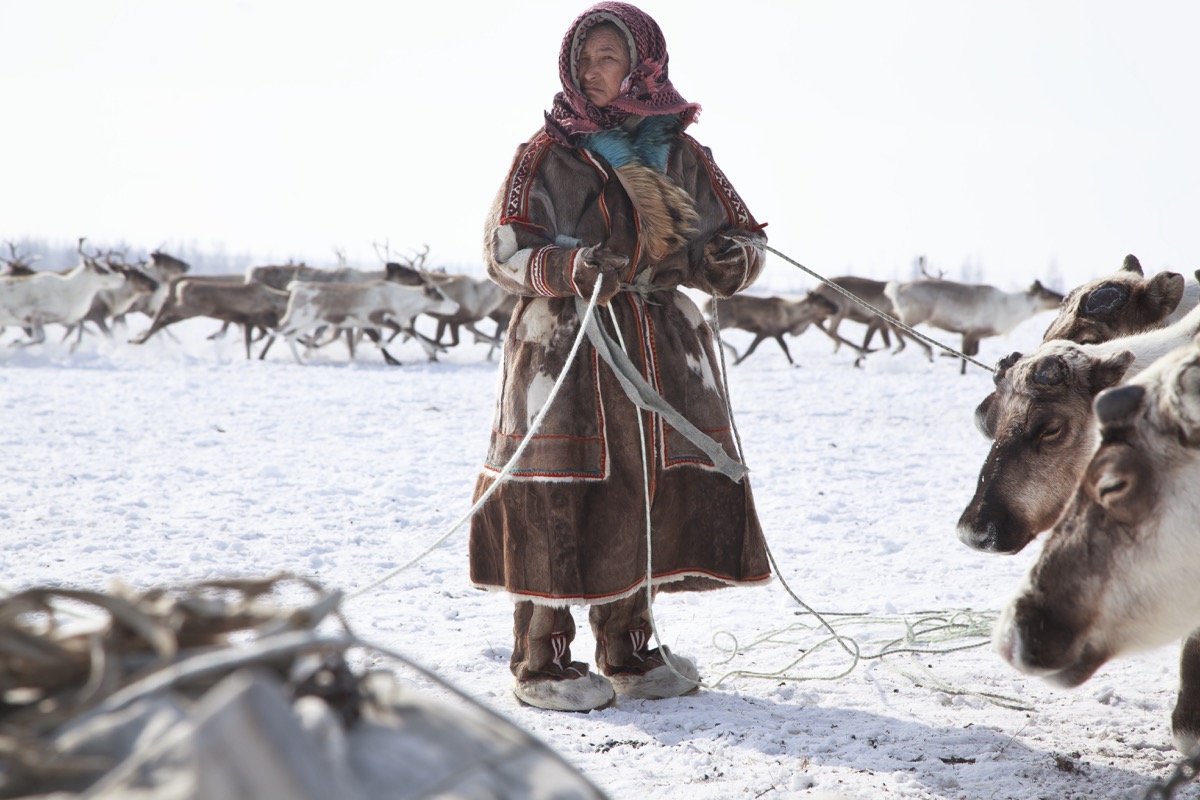
It’s a bit of cliché, but get this: it’s actually true. The saying was originally asserted by anthropologist Franz Boas, in 1911, as he was traveling through the icy landscape of Canada’s Baffin Island. While there, he noted the wide range of terms for all the different forms of snow, from “softly falling snow” (aqilokoq) to “the snow that is good for driving sled” (piegnartoq), stating that there were had dozens, if not hundreds, of Eskimo words for the stuff.
Though this assertion has since been hotly (or coolly) debated in the years since, anthropologist Igor Krupnik recently studied 10 Inuit and Yupik (the two main branches of Eskimo people) and found each dialect had numerous distinct words.
6
Snow Comes in More Than Flakes
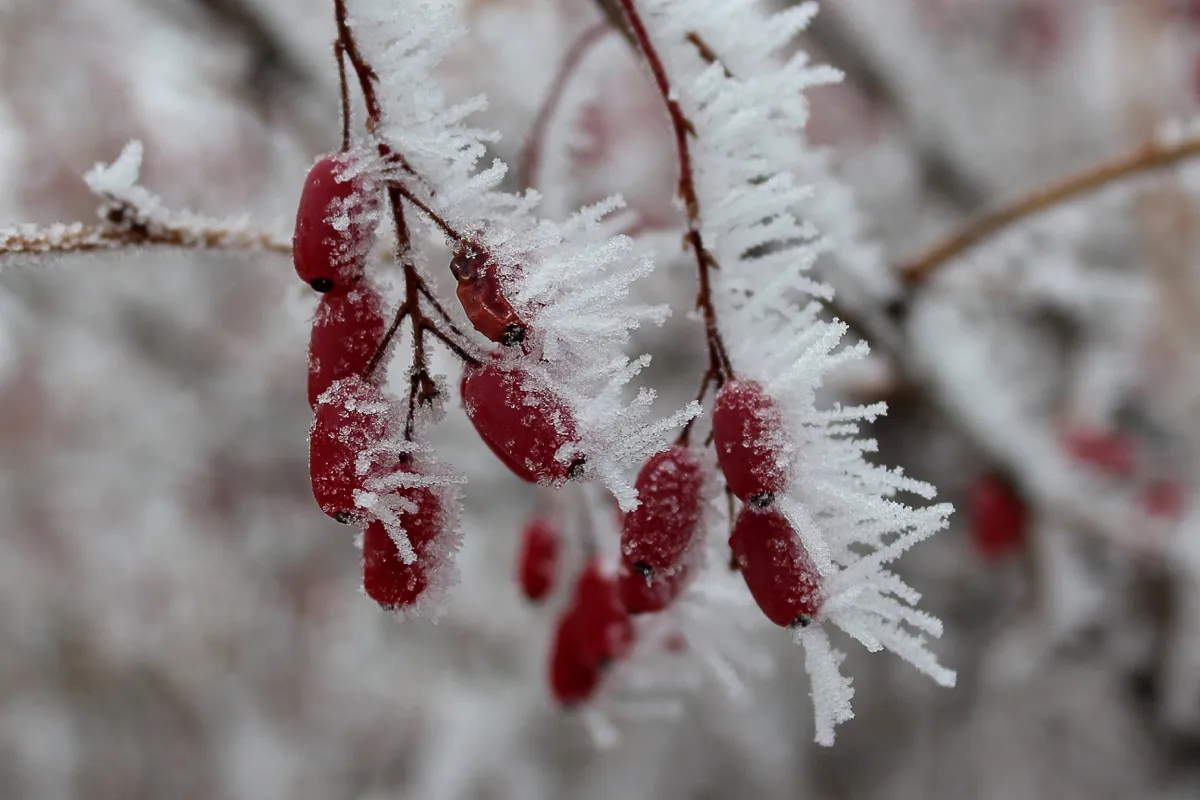
Snow crystals can take three other forms of crystals. There’s hoarfrost, or deposits of frozen water vapor that create clear, furry-looking “frost on steroids.” That’s the stuff that sticks on poles, wires, and fences. There’s graupel, which consists of snowflakes that have become rounded pellets as large as 5 millimeters. Sometimes, graupel is mistaken for hail. Finally, there are polycrystals, which are snowflakes made up of numerous individual ice crystals. Those are the large ones you might see during storms that make you say, “Wow, these are such large snowflakes!”
7
Snow Forms into at Least 10 Kinds of Formations
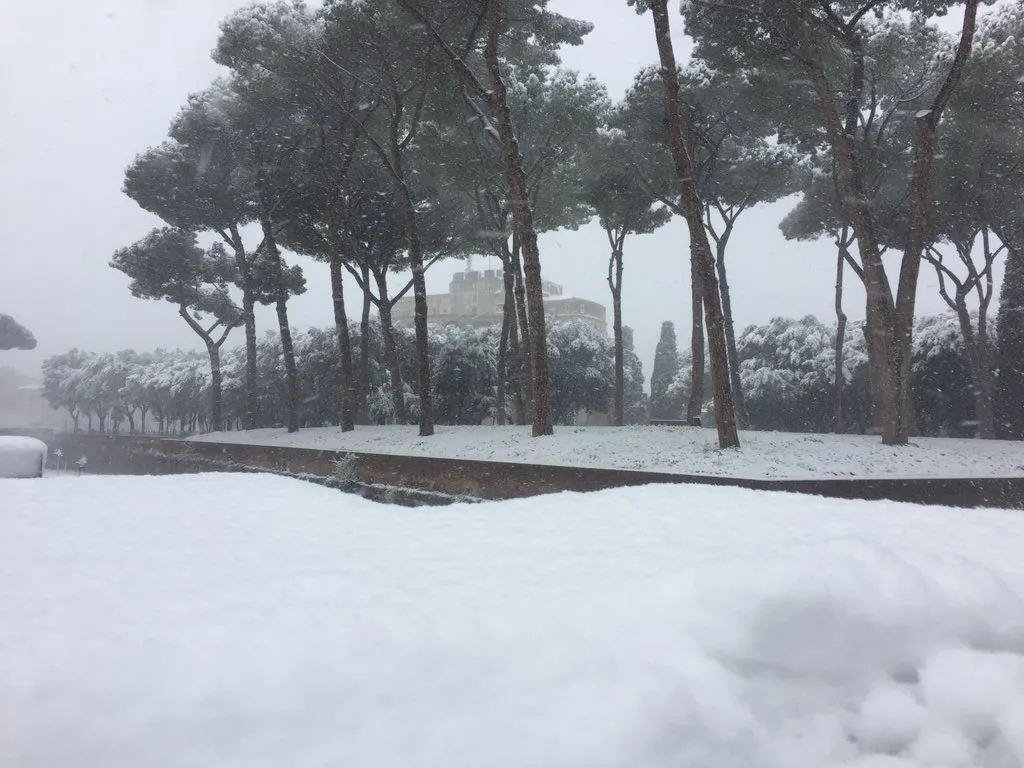
According to the National Snow & Ice Data Center, due to various weather conditions, snow can take on a wide range of forms once it lands, each with very different appearances and shapes. For example, a “cornice” occurs when an overhang of ice and wind-blown snow creates a kind of cliff, while tall, thin “penitents” happen in arid regions, creating stunning fields of snow spires that can rise as high as several meters high.
8
Snow Occasionally Rolls Itself
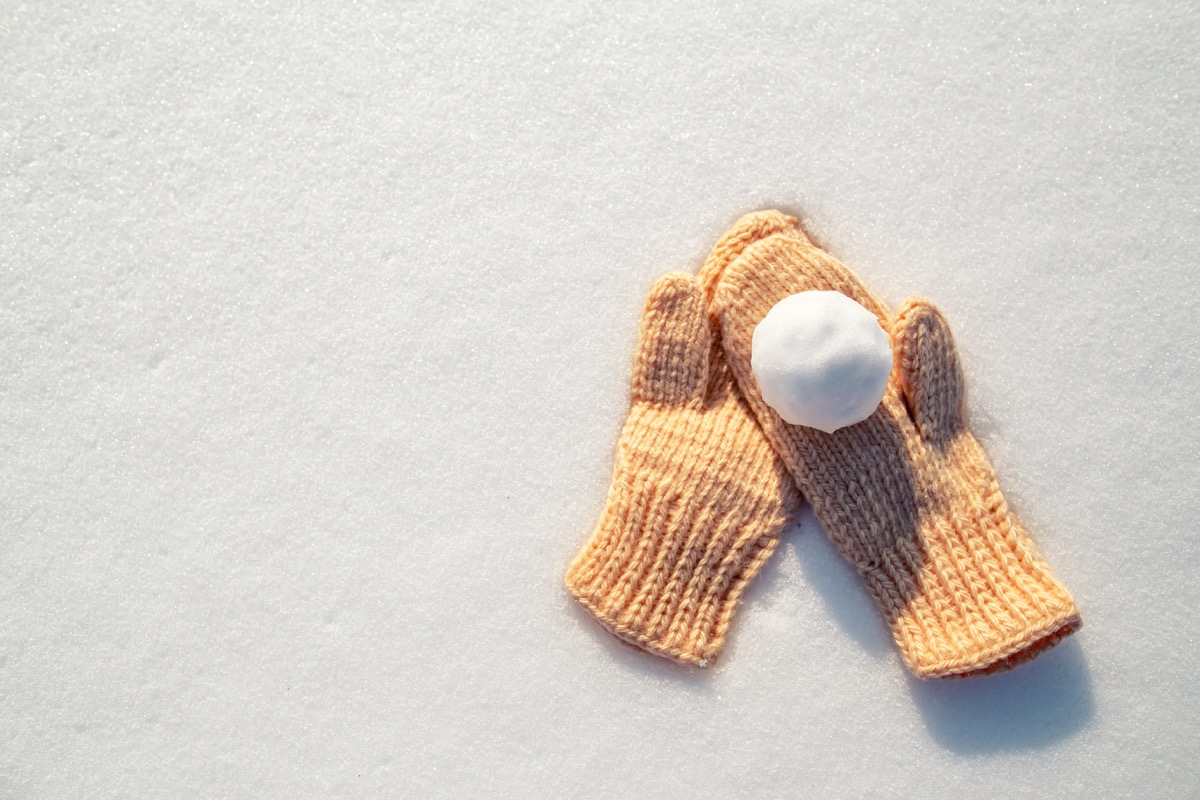
Everyone loves a good snowball fight, but snow can sometimes create massive snowballs on its own. Through a rare phenomenon called “snow rollers,” the wind blows a bunch of snow along the ground, which gets larger and accumulates more material as it goes, taking on a cylindrical shape and hollow (rather than the circular one we might expect). Sometimes these can take the form of “snow donuts” as the outer layers are blown away, giving the appearance of, well, a donut.
9
Snow Was Outlawed in Syracuse, New York
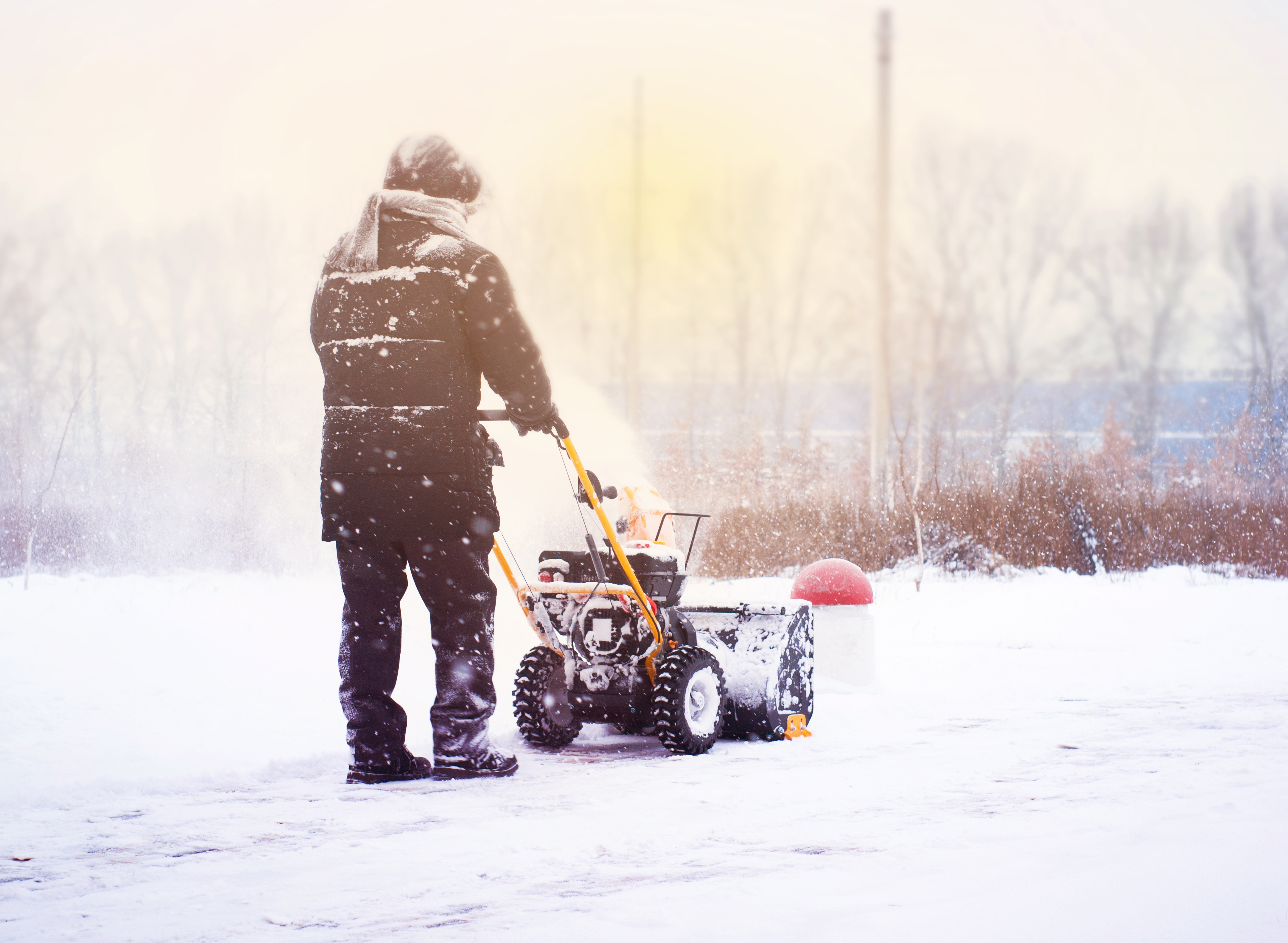
The northern New York city of Syracuse is among the snowiest in the United States, which can get a bit exhausting for those who live there. In a tongue-in-cheek attempt to curb the annual onslaught, in 1992, the city’s Common Council passed a decree that outlawed snow before Christmas Eve, stating, “Be it resolved, on behalf of the snow-weary citizens of the city of Syracuse, any further snowfall is expressly outlawed in the city of Syracuse until December 24, 1992.”
Too bad Mother Nature doesn’t follow human rules. According to Weather Underground data, it started snowing (lightly) on the 24th—and then snowed three more over the following week.
10
Death Valley Has Seen Snow
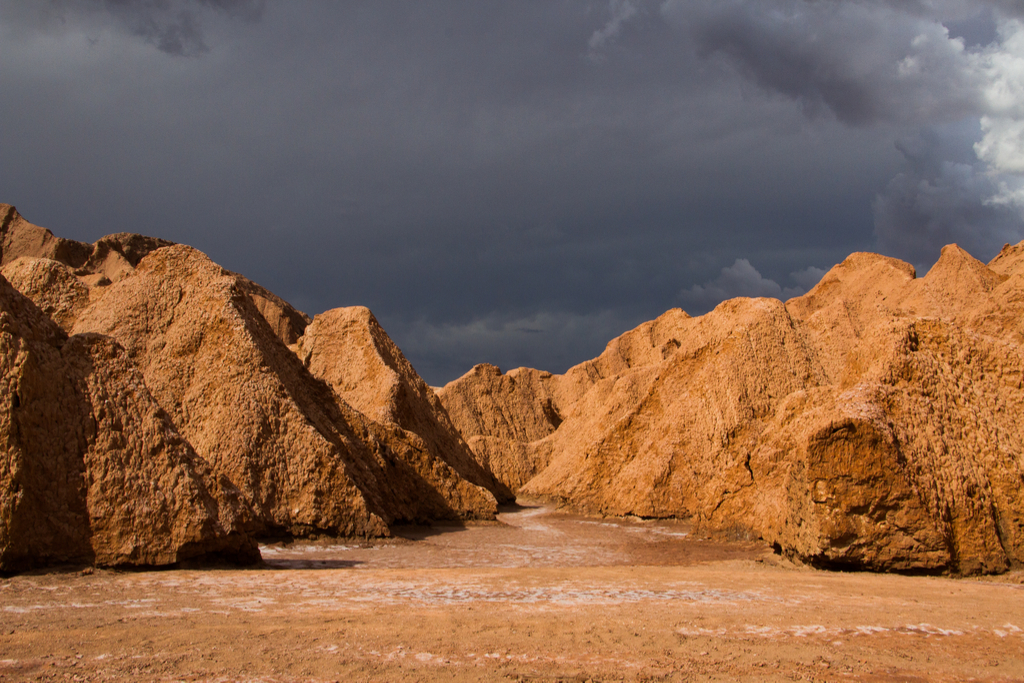
Perhaps the most astonishing place to receive snow ever is Death Valley, California. Considered by some measures to be the hottest place on Earth, with surface temperatures that have reached 120º Fahrenheit, it’s not the place you might expect to see snow fall. But it’s actually happened several times, most recently in December 2008, when the Funeral Mountains—a range of peaks along the California-Nevada border—got a light dusting.
11
The Sahara Also Gets Snow
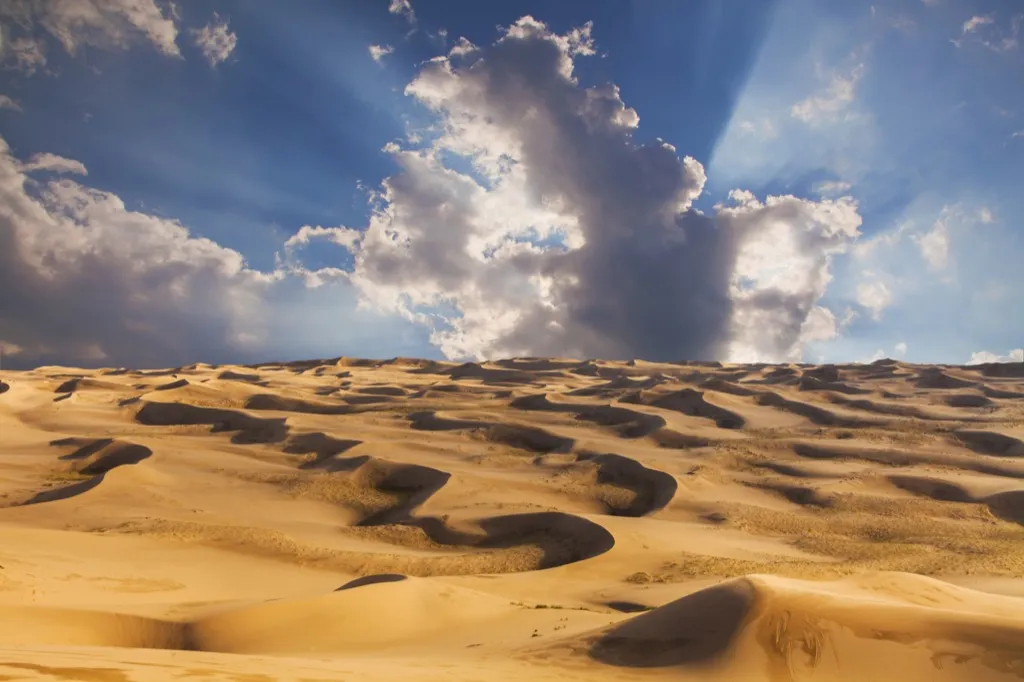
Like Death Valley, the Sahara Desert is synonymous with all things hot and dry, but it’s occasionally seen the exact opposite weather. As recently as 2016, snow landed on the sandy desert floor—a result of Ain Sefra’s location at the juncture between the desert and the tall, cold Atlas Mountains.
12
There’s an Annual Competition for Snowiest U.S. City
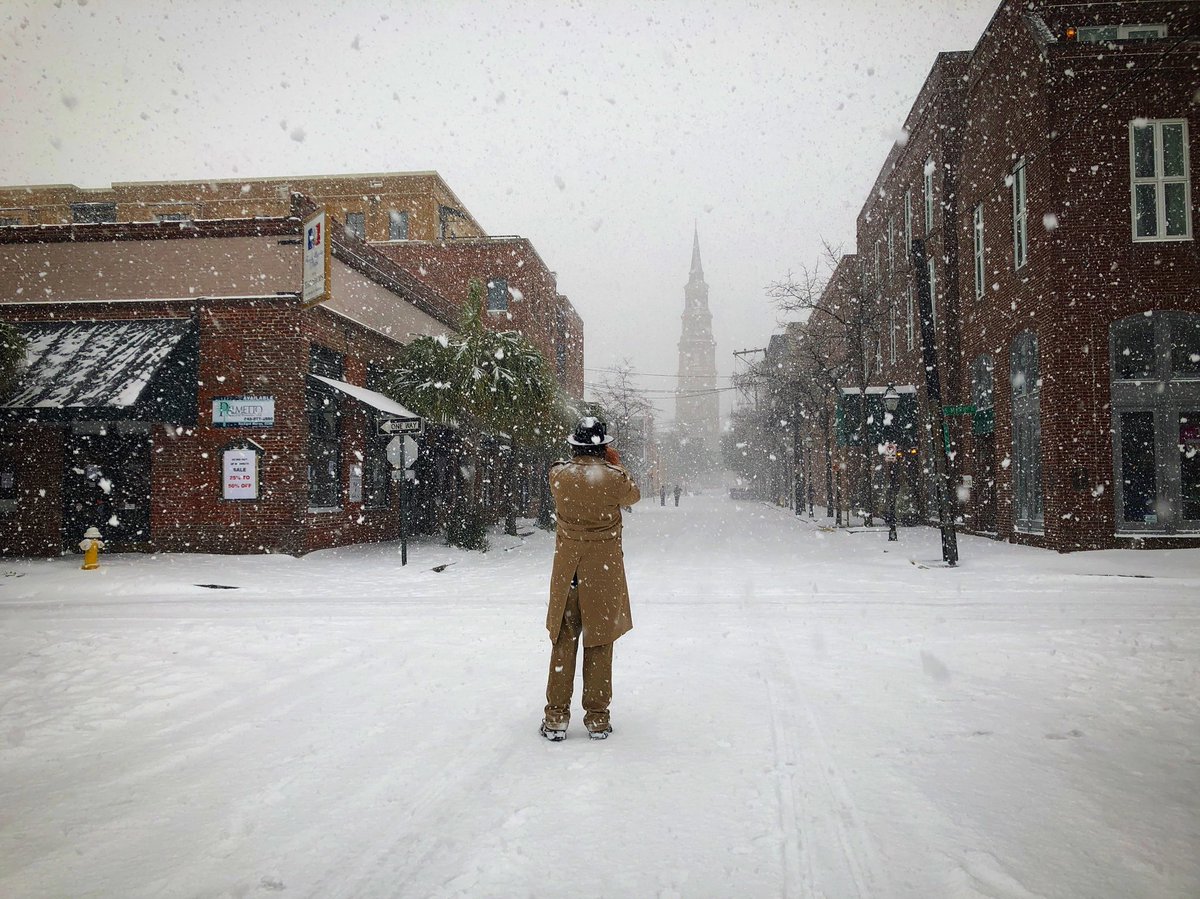
Called the Golden Snow Globe Awards, this friendly competition pits the country’s most snow-covered cities against one another in an annual showdown. The rules are simple: the city with the most inches of snow for the season wins. Last year, the top spot went to Erie, Pennsylvania (with 198.5 inches of snow), followed by Syracuse, New York (153.6 inches, even though, again, it’s “illegal”), and Rochester, New York (120.5 inches).
13
Identical Snow Flakes Do Exist
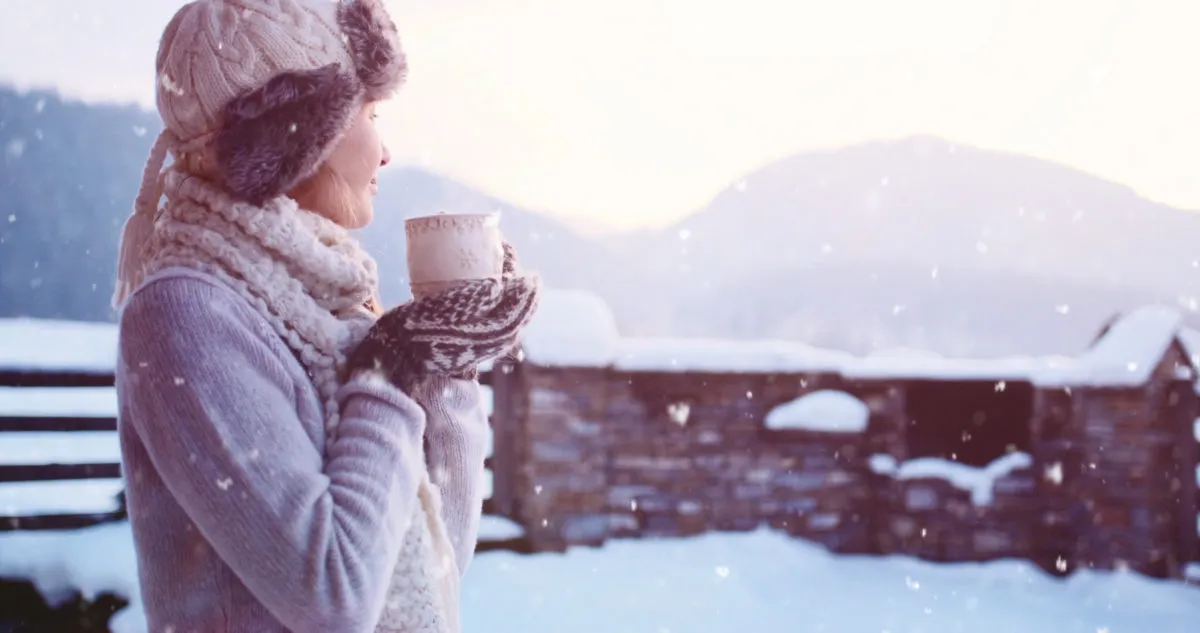
Despite the adage that no two snowflakes are alike, in fact, identical snowflakes have been found. In 1988, scientist Nancy Knight of the National Center for Atmosphere Research in Boulder, Colorado, found a pair of identical flakes resulting from a storm in Wisconsin.
14
About 1 Septillion Snow Crystals Fall Each Year
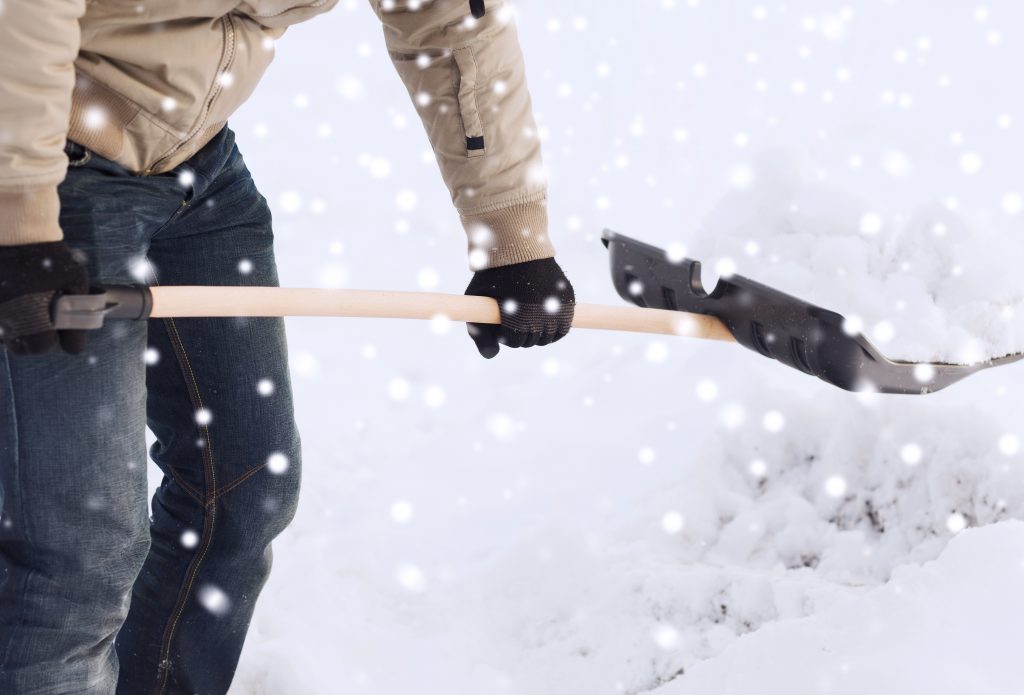
Every winter, approximately 1 septillion (that’s a trillion trillion, or, to spell it out, 1,000,000,000,000,000,000,000,000) snow crystals fall from the sky.
15
Some People Suffer From Fear of Snow
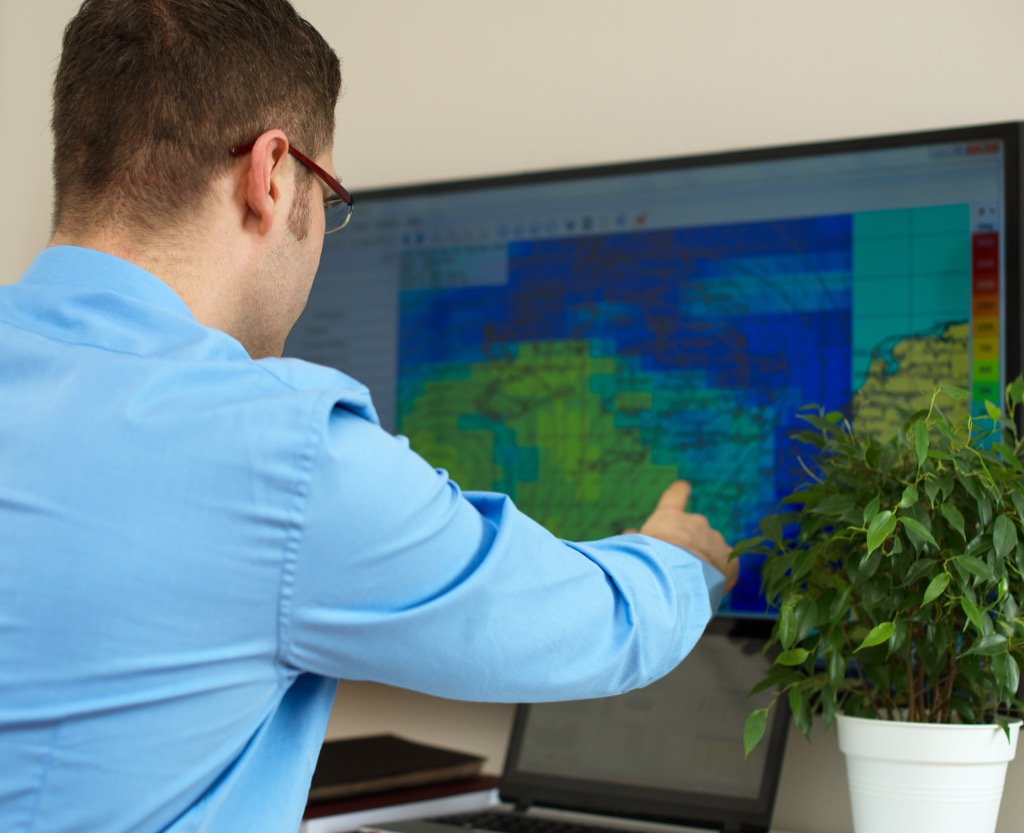
Known as “chionophobia,” an intense fear of snow is a surprisingly common phobia that can lead the sufferer to obsess over weather reports, stay inside at the slightest hint of snow or suffering panic attacks when facing snowy weather. Overcoming these fears can often be helped along by better understanding snow or gradually exposing the sufferer to snow over time.
16
The Biggest Snowball Fight Included 7,600 People

The largest snowball fight ever recorded happened just a couple years ago, as part of the PotashCorp Wintershines Festival I Saskatoon, Canada. All told, 7,681 people took part in the battle.
17
Wet Snow Is Best for Snowman Building
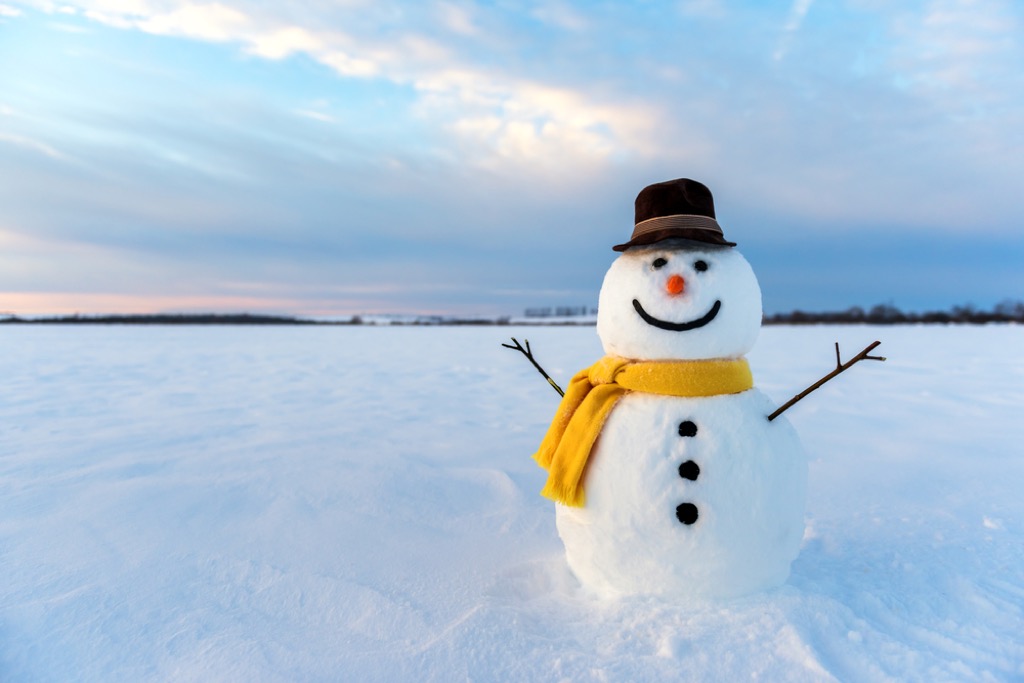
Physicists assert that snow that’s most to wet is best for building snowmen. As Rhode Island College in Providence physicist Dan Snowman (yes, that’s really his name) told Smithsonian, “Years of experimentation, and research with my kids, reveals a snow-to-water equivalence of about 5:1 yields the snow ideal for building the perfect snowman.”
18
Snow Absorbs Sound
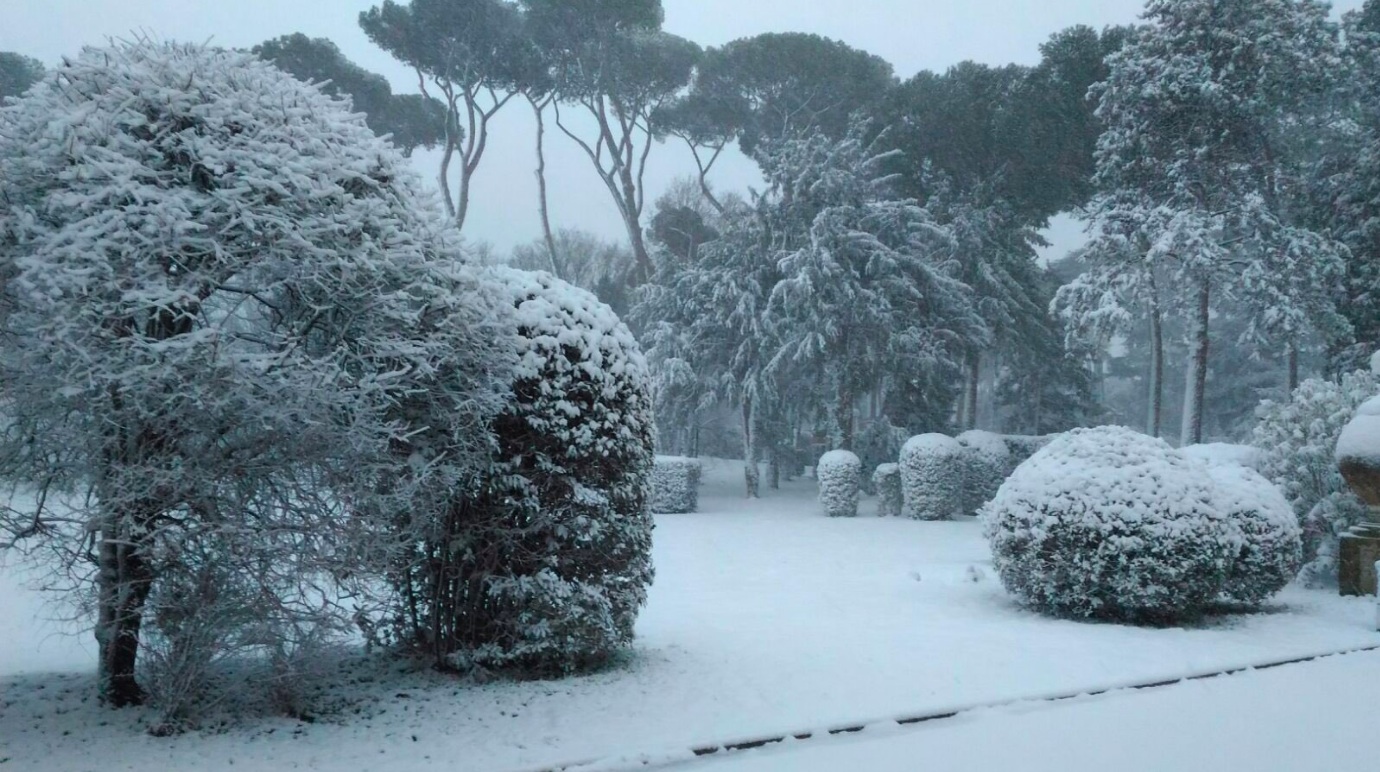
It’s not just your imagination that everything seems quieter after a big snowfall. “When snow falls, it does absorb some of the soundwaves,” Bernadette Woods Placky, a meteorologist and director of Climate Central’s Climate Matters program, told Mashable. As more snowflakes pile up on the ground, the space between the flakes acts as sound absorbers, creating a quiet, peaceful post-snowfall.
19
A Colorado Town Experienced the Most Snowfall in a 24-Hour Period
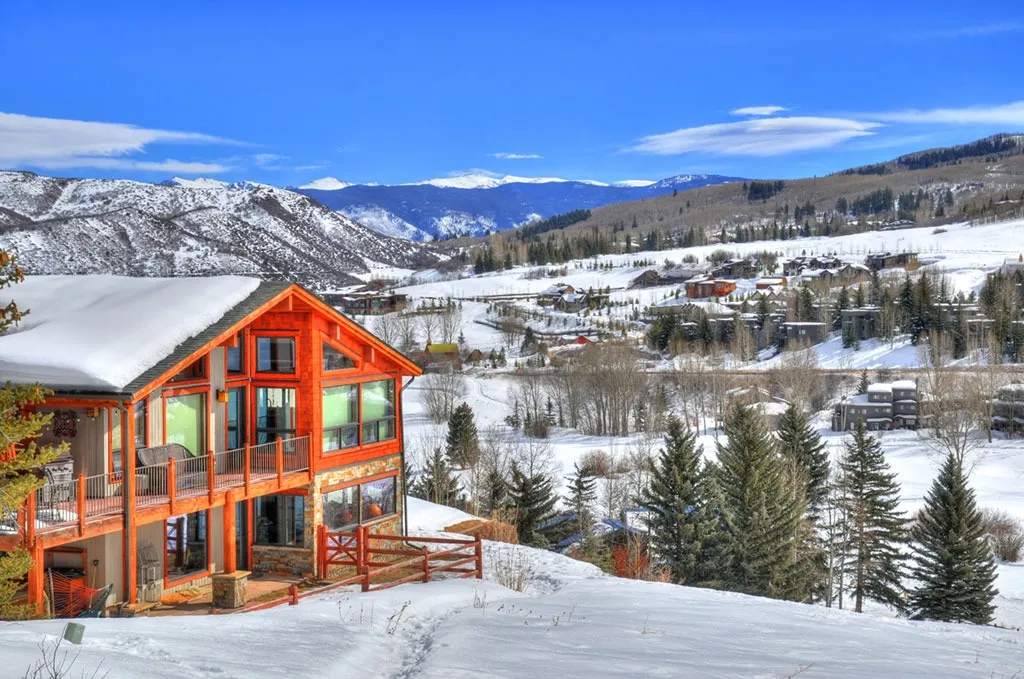
Between April 14 and April 15, 1921, Silver Lake, Colorado, a city just north of Denver, experienced an insane snowfall, with more than six feet falling (75.8 inches, to be exact) to the ground.
20
But an Italian City Holds the Record for Most Snow in a Single Day
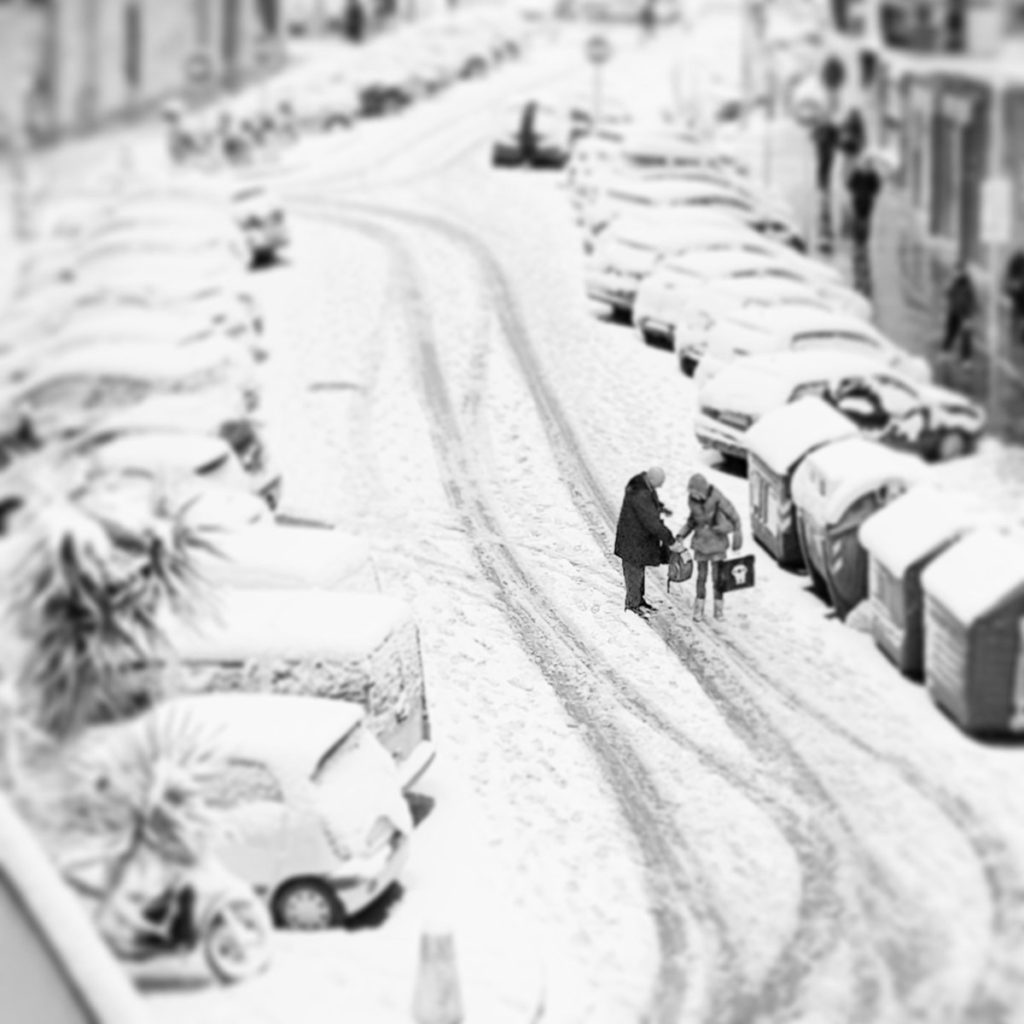
You might think some Arctic landscape would be the biggest snow-getter in the world, but, in fact, the city to receive the greatest volume of snow in a single day was in Italy. The village of Capracotta, about 136 miles east of Rome, received 100.8 inches of snow on March 5, 2015.
21
Japan Hosts an Annual Igloo-Building Championship
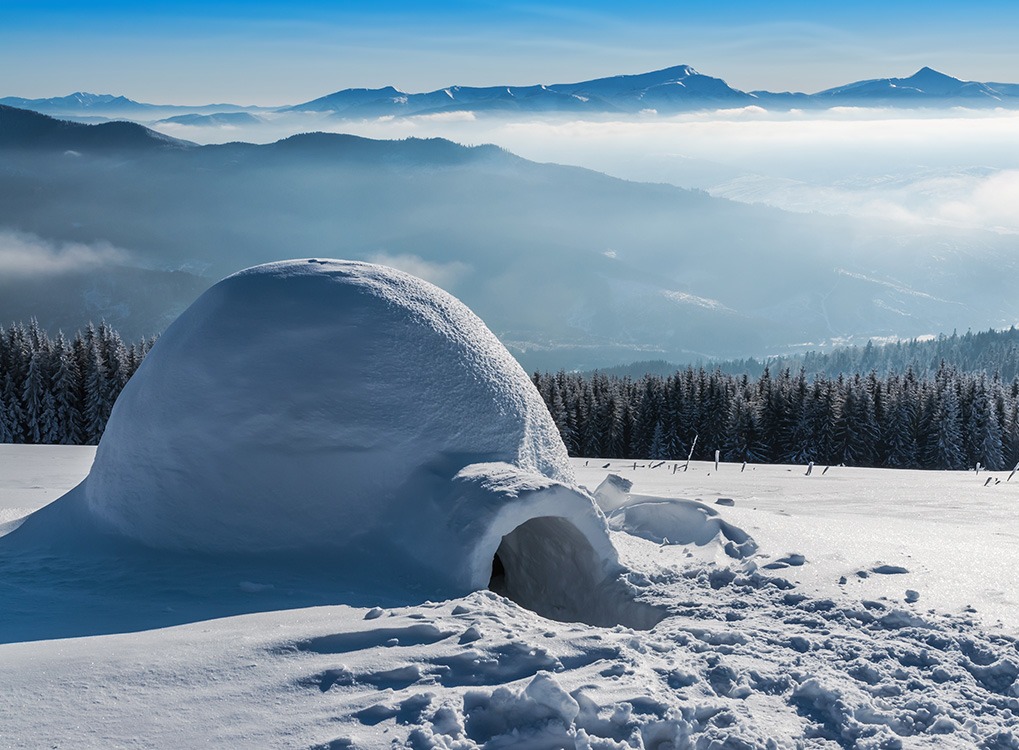
The city of Hiroshima hosts the World Igloo Building Championships each year, inviting teams to take part in either a “speed-building section” or “artistic-building section” to see who can create the most architecturally impressive igloo. For the latter competition, teams build everything from fairy castles to birthday cakes to giant creatures.
22
The Largest Igloo Ever Built Was 30 Feet Tall
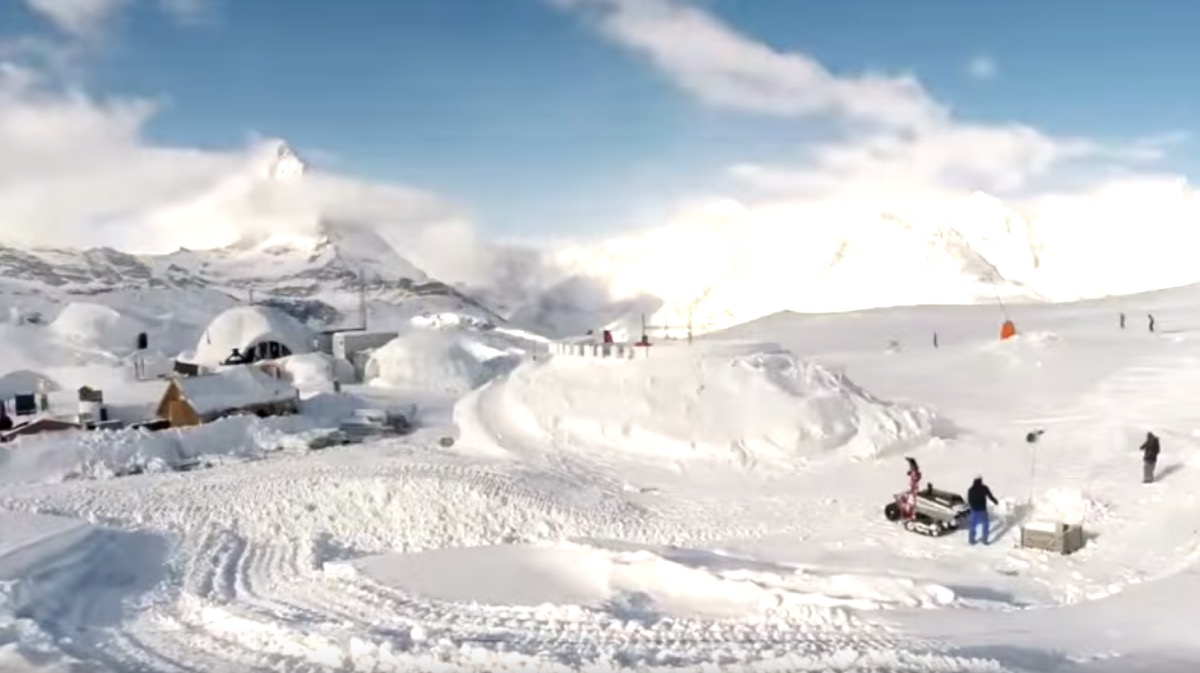
In celebration of the 20th anniversary of ice hotel company Iglu-Dorf, the organization commissioned the build of a massive igloo in Switzerland. Using about 1,400 blocks of snow, the structure (pictured above, under construction) stretched 10.5 meters high and 12.9 meters in diameter, earning it a Guinness Worlds Record.
23
Thundersnow Is Real
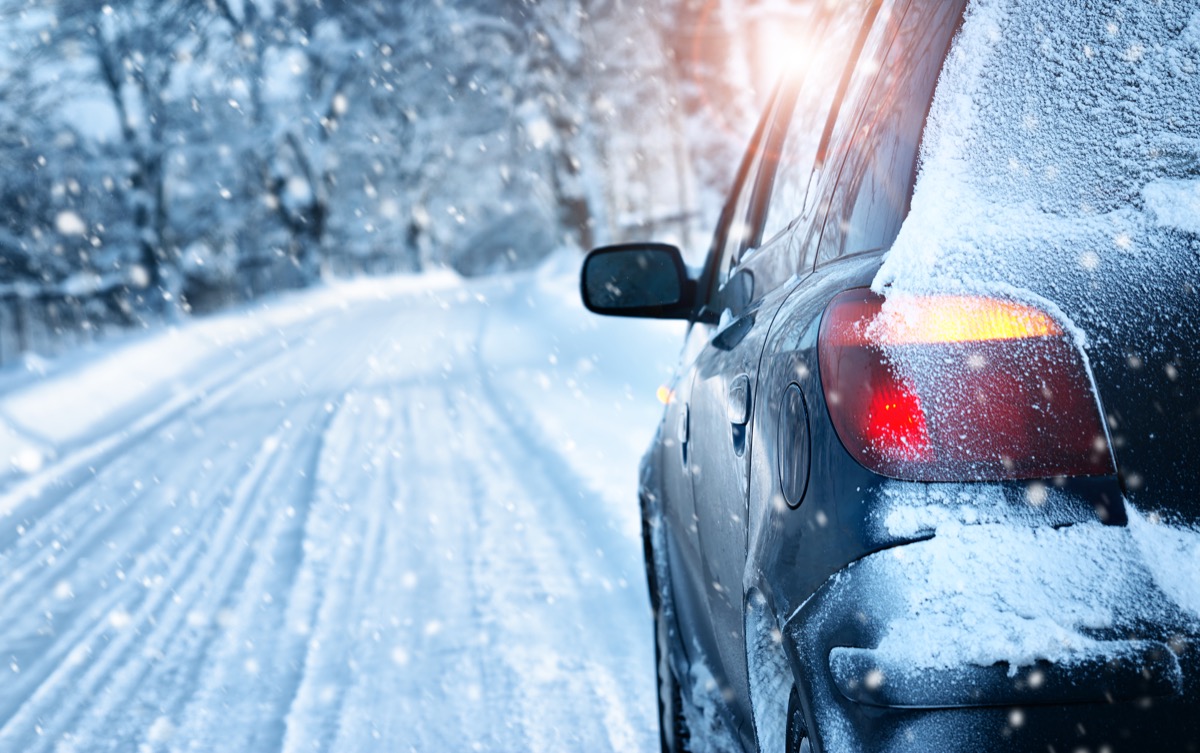
In rare circumstances, thunder strikes in the midst of a snowstorm, creating what’s known as thundersnow. It’s particularly rare considering that snow usually suppresses sound, and usually muffles the sound of thunder And for more amazing scientific facts, here are 30 Things Scientists Say Will Happen if the Population Keeps Expanding.
To discover more amazing secrets about living your best life, click here to follow us on Instagram!